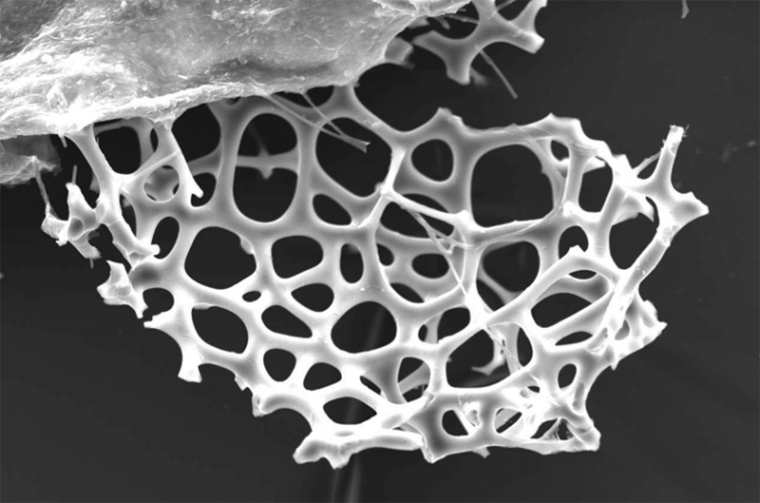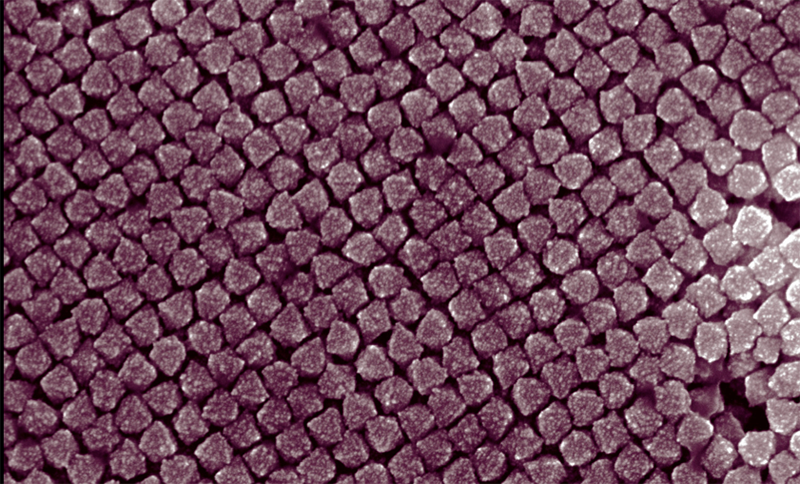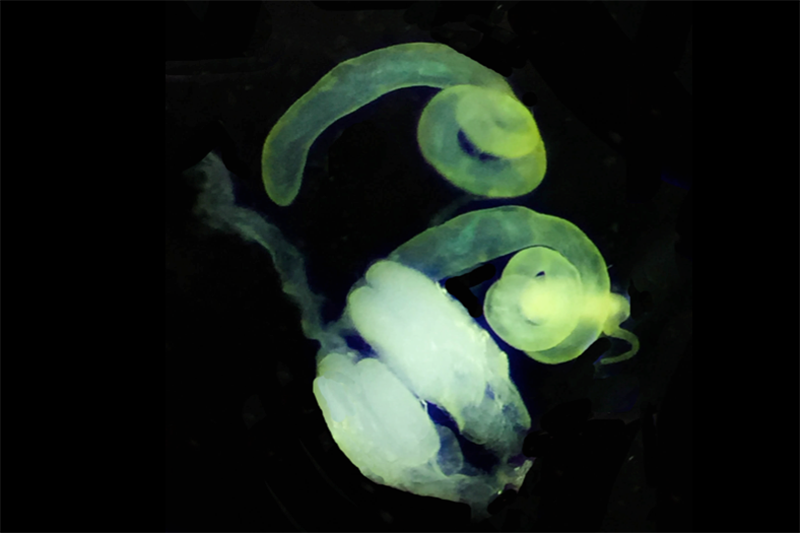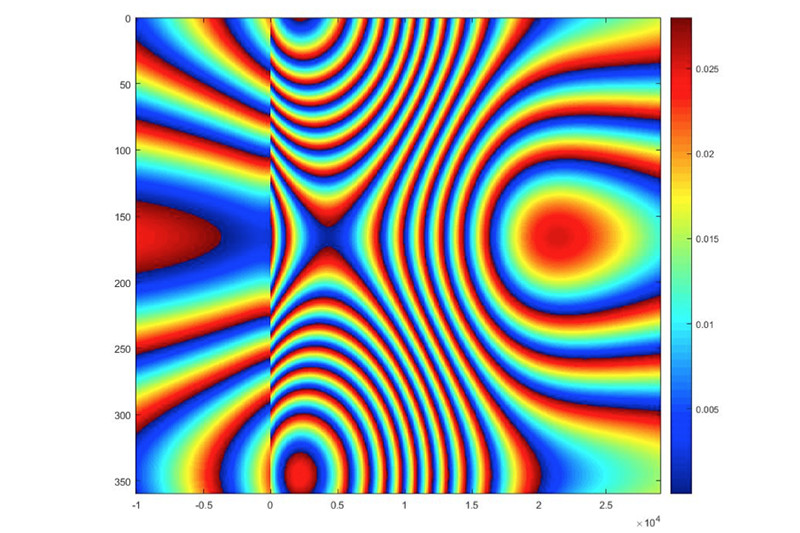Wesleyan Students Recognized for Scientific Images

This summer, Stephen Devoto, professor of biology, professor of neuroscience and behavior, launched the inaugural Wesleyan Scientific Imaging Contest. The contest, which recognizes student-submitted images from experiments or simulations done with a Wesleyan faculty member that are scientifically intriguing as well as aesthetically pleasing, drew 35 submissions from the fields of physics, biology, molecular biology and biochemistry, psychology, earth and environmental science, chemistry and astronomy.
Participants submitted an image along with a brief description written for a broad, scientifically literate audience. The entries were judged based on the quality of the image and the explanation of the underlying science. The first-place prize went to Eliza Carter ’18 from the Earth and Environmental Science Department. Aidan Stone ’17 and Jeremy Auerbach ’17 tied for second places, while Riordan Abrams ’17 won third place. The images were judged by a panel of four faculty members: Devoto; Ruth Johnson, assistant professor of biology, assistant professor of integrative sciences; Brian Northrop, assistant professor of chemistry, assistant professor of integrative sciences; and Candice Etson, assistant professor of physics.
The first-place winner receives a $200 prize; the second-place winner receives $100; and the third-place winner receives $50. Prizes were funded by the Office of Academic Affairs.
Devoto was inspired by a similar contest that his daughter won at Haverford College.
“Students at Wesleyan produce extraordinary scientific images, ranging from graphs and computer simulations to microscope and telescope images,” he said. “I wanted students to have fun, to think of their scientific images in an artistic sense. And I thought that the artistic presentations of student scientific images would be a striking testament to the quality and fun of student research here. I hope these will be displayed on campus to highlight the science and the creativity, which thrive at Wesleyan.”
The four winning images are shown below, along with scientific descriptions:





